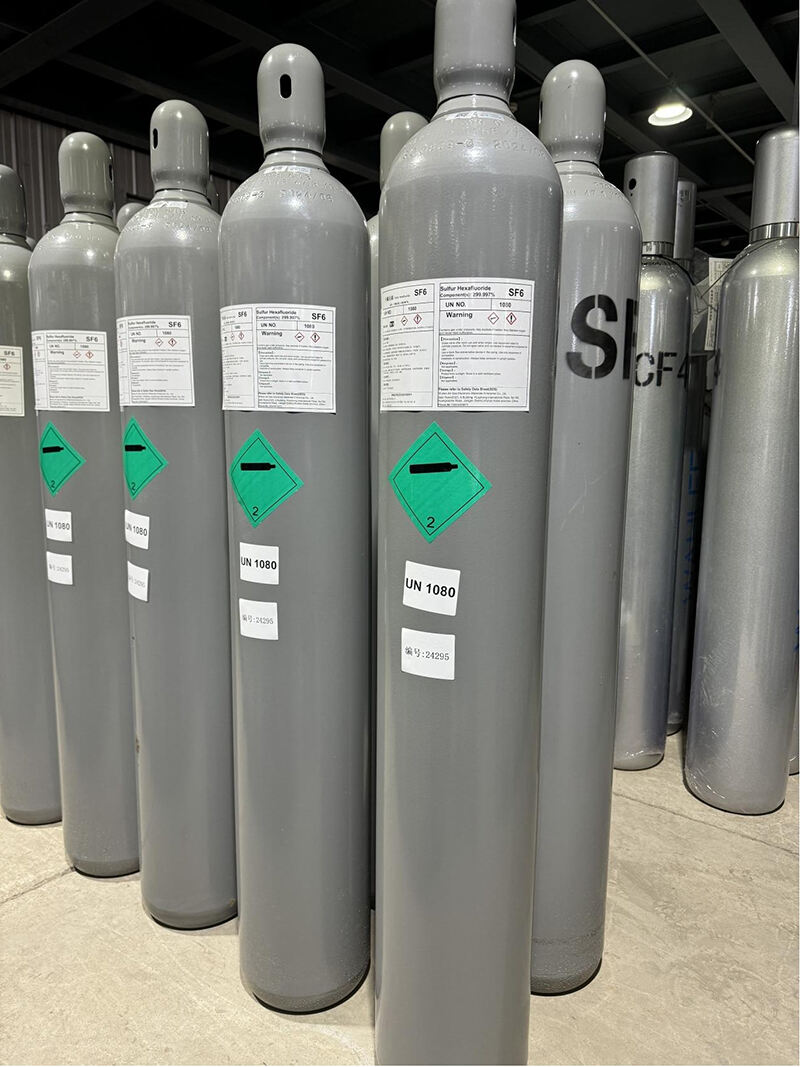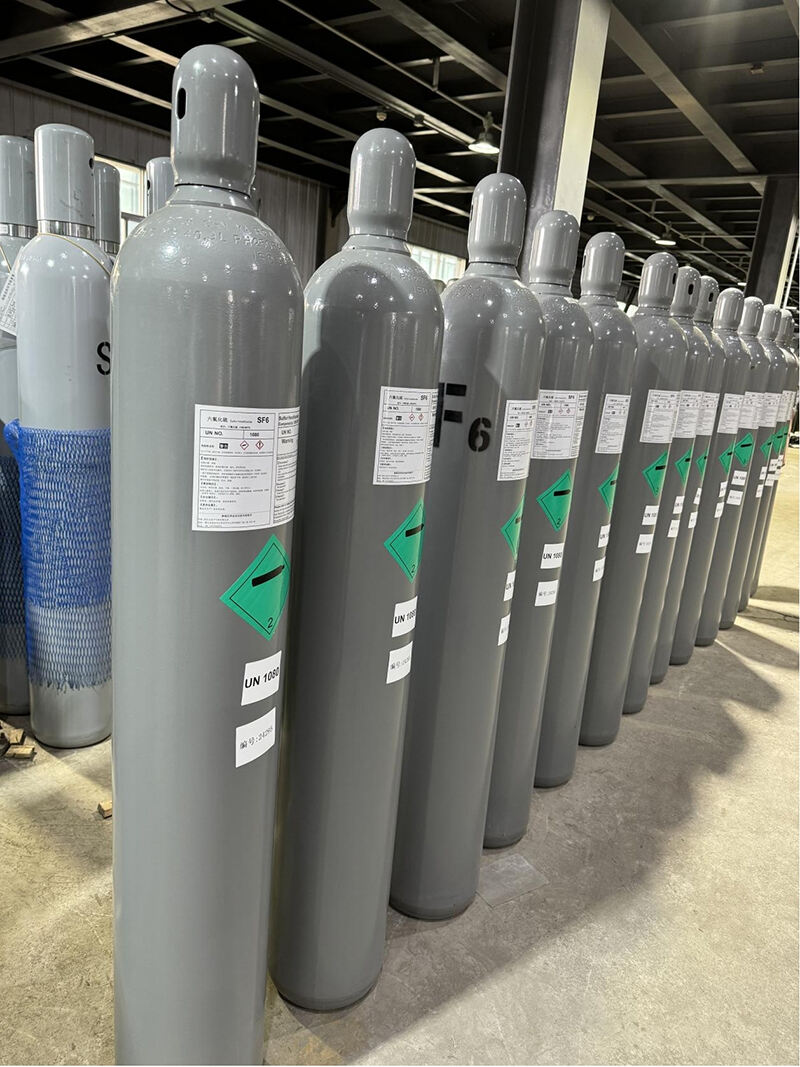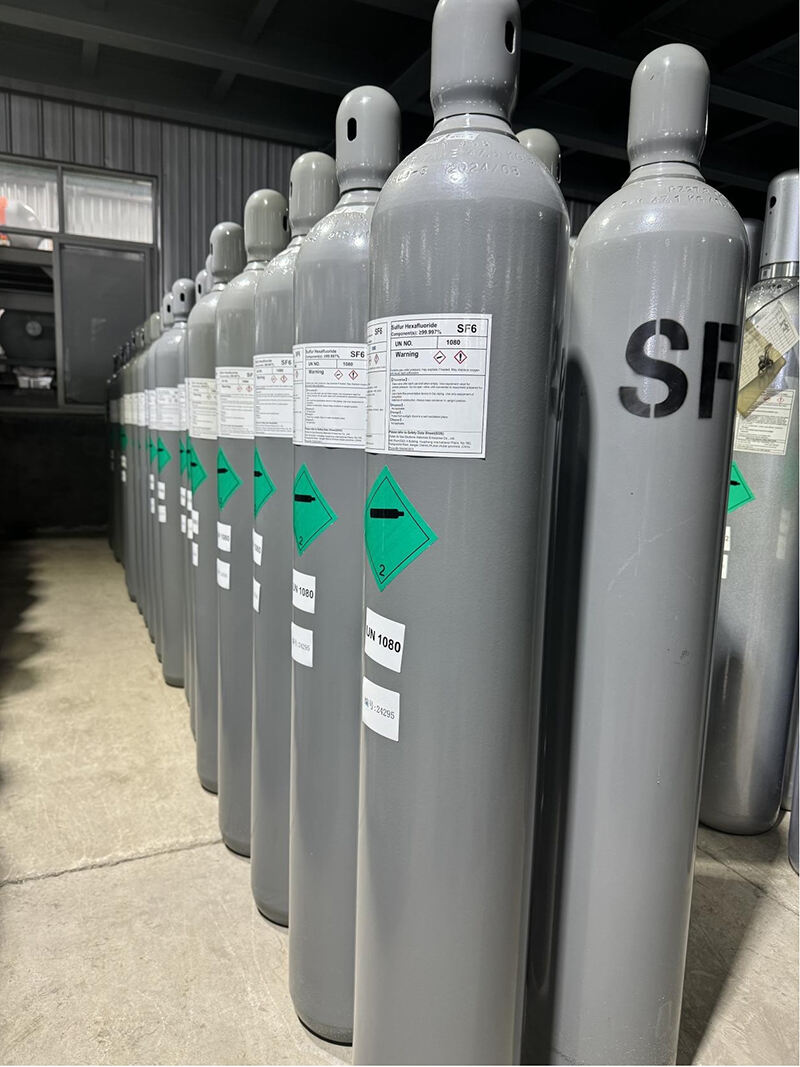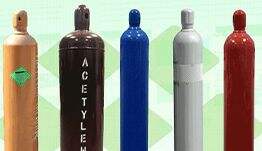Understanding Sulfur Hexafluoride (SF6): The Future of Electrical Insulation Technology
Sulfur hexafluoride, commonly known as SF6, is an inorganic compound that has garnered significant attention in the electrical engineering sector. With the chemical formula SF6, this compound exists as a colorless, odorless, non-toxic, and non-flammable gas under standard temperature and pressure conditions. SF6 has a molecular weight of 146.055 and possesses a density of 6.0886 kg/m3 at 20°C and 0.1 MPa, making it approximately five times denser than air. This unique property, combined with its octahedral molecular structure and high bond energy, contributes to the remarkable stability of SF6, especially in environments where temperatures do not exceed 180°C. Its compatibility with electrical insulating materials is comparable to that of nitrogen, further enhancing its practicality.

Since the mid-1960s, sulfur hexafluoride has been widely utilized as an insulating medium in high-voltage electrical equipment. One of the key advantages of SF6 gas-insulated switchgear is its significantly reduced footprint compared to traditional open-type high-voltage distribution systems. This compact design allows for greater efficiency and adaptability in electrical installations, particularly in environments with varying meteorological conditions. As a result, SF6 is not only extensively used in ultra-high voltage (UHV) and extra-high voltage (EHV) power systems but has also found its place in distribution networks. Switchgear and ring main units that utilize SF6 gas insulation are becoming increasingly common, demonstrating the versatility of this innovative technology.

In the realm of power transmission, SF6 gas-insulated transmission lines offer numerous benefits, such as low dielectric losses and high transmission capacity. These characteristics make them particularly suited for situations involving significant elevation changes, making them ideal for hydropower stations where traditional oil-filled cables may not be as effective. Moreover, SF6 gas-insulated transformers boast fire and explosion prevention features, making them especially suitable for densely populated areas and high-rise buildings, where safety is a primary concern.

As research and technology advance, developments such as ultra-high voltage transformers insulated with SF6 have been successfully engineered, pointing towards a future where all-gas-insulated substations will play a pivotal role in the evolution of substation technology. The shift towards SF6 confirms its status as a critical component in the modern electrical landscape, providing solutions that enhance efficiency, safety, and reliability.
In conclusion, sulfur hexafluoride (SF6) stands out as a superior insulating medium in high-voltage electrical applications. With its unique properties and substantial advantages, SF6 will continue to shape the future of electrical engineering, fostering innovations that promise to enhance power distribution systems worldwide.

 EN
EN
 AR
AR
 CS
CS
 DA
DA
 NL
NL
 FI
FI
 FR
FR
 DE
DE
 EL
EL
 IT
IT
 JA
JA
 KO
KO
 NO
NO
 PL
PL
 PT
PT
 RO
RO
 RU
RU
 ES
ES
 TL
TL
 ID
ID
 SK
SK
 SL
SL
 UK
UK
 VI
VI
 TH
TH
 TR
TR
 AF
AF
 MS
MS
 SW
SW
 GA
GA
 CY
CY
 BE
BE
 KA
KA
 LO
LO
 LA
LA
 MI
MI
 MR
MR
 MN
MN
 NE
NE
 UZ
UZ

